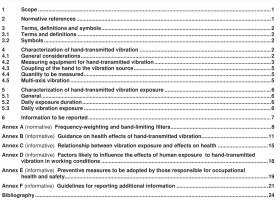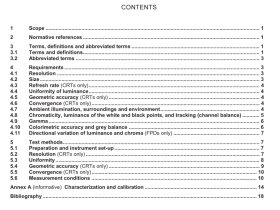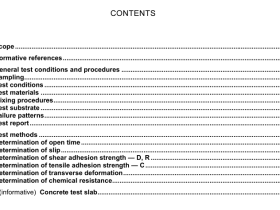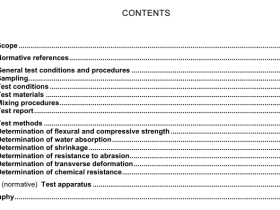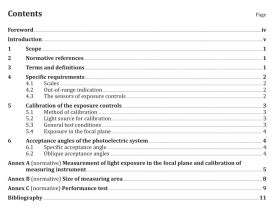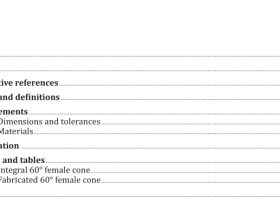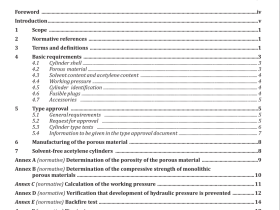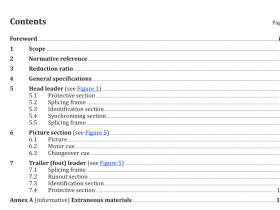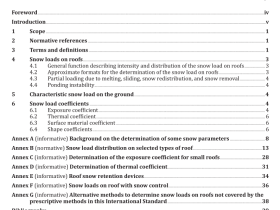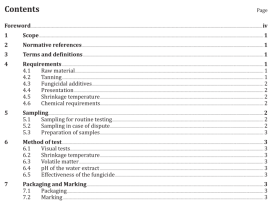ISO 14096-2 pdf download
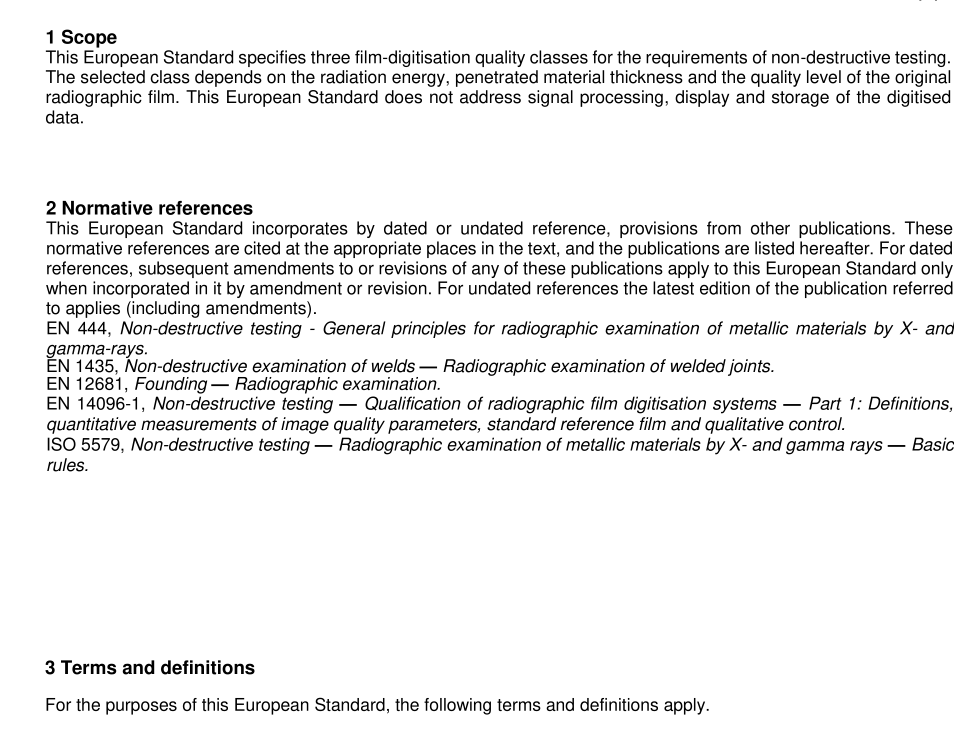
ISO 14096-2 pdf download Non-destructive testing — Qualification of radiographic film digitisation systems — Part 2: Minimum requirements
1 Scope
This European Standard specifies three film-digitisation quality classes for the requirements of non-destructive testing. The selected class depends on the radiation energy, penetrated material thickness and the quality level of the original radiographic film. This European Standard does not address signal processing, display and storage of the digitised data.
2 Normative references
This European Standard incorporates by dated or undated reference, provisions from other publications. These normative references are cited at the appropriate places in the text, and the publications are listed hereafter. For dated references, subsequent amendments to or revisions of any of these publications apply to this European Standard only when incorporated in it by amendment or revision. For undated references the latest edition of the publication referred to applies (including amendments).
EN 444, Non-destructive testing – General principles for radiographic examination of metallic materials by X- and gamma-rays.
EN 1 435, Non-destructive examination of welds — Radiographic examination of welded joints.
EN 1 2681, Founding — Radiographic examination.
EN 1 4096-1, Non-destructive testing — Qualification of radiographic film digitisation systems — Part 1: Definitions,quantitative measurements of image quality parameters, standard reference film and qualitative control.
ISO 5579, Non-destructive testing — Radiographic examination of metallic materials by X- and gamma rays — Basic rules.
3 Terms and definitions
For the purposes of this European Standard, the following terms and definitions apply.
3.1
radiographic film digitisation system
digitiser
sequential application of the two functions below:
a) detection of the diffuse transmittance of a small unit area of the film (pixel, picture element) by means of an optical detector, giving an electric output signal (geometrical digitisation);
b) conversion of the above electrical signal into a numerical value (densitometrical digitisation)
3.2
pixel size P
geometrical centre-to-centre distance between adjacent pixels in a row (horizontal pitch) or column (vertical pitch) of the scanned image
3.3
optical density
D
logarithmic value to the base 1 0 of the diffuse light intensity ratio in front of (/ 0 ) and behind (/ D ) the radiographic film
according to equation (1 ):
D = \gy- (1)
D
3.4
spatial frequency
/
described by a sinusoidal intensity variation along a geometrical axis
The period of this function is measured in number of line pairs per millimetre (Ip/mm).
3.5
modulation transfer function MTF
normalised magnitude of the Fourier-transform (FT) of the differentiated spatial optical density edge spread function (ESF) (see EN 1 4096-1 :2003, Figure 1 )
It describes the unsharpness function of the digitiser (contrast transmission as a function of the object size).
NOTE This MTF calculation is based on optical densities, which correspond to the X-ray dose.
3.6
digital resolution in bit
number of bits provided by the analogue-to-digital converter of the digitiser used for densitometrical digitisation NOTE A digital resolution of N bits corresponds to 2 N digital values.
3.7
density contrast sensitivity
minimum density variation of the film, which is resolved by the digitiser
